I've been having some issues lately with the usage of 10k ohm resistors as pull down resistors for 74ls series chips. Most people seem to choose 10k resistors as their default pull up/down value but I've found that the pins seem to float a little anyway when trying to pull down on the TTL 74ls series chips. My solution was to switch to a smaller value that I had on hand such as 1.1k ohm. My question is why 10k is the default assumed by many making electronics projects, and why might I be having a problem with this value that is eliminated by using a lower resistance value?
I haven't been playing with hc series much lately so I am unaware if the problem is particular to the 74ls series.
Edit: I also experienced this problem with a 28C16E EEPROM chip and solved it with 1.1k instead of 10k. Could this be related to noise in my power supply setup (c.M.T-305D set to ~5V DC)?
Edit: I notice people seem to have interpreted the pull down resistors as being used when the input is unused (could be tied directly to ground for 74ls or 74hc). This was not what I meant. The case for these pull down resistors is with the use of dip switches or I/O with a 5V bus.

